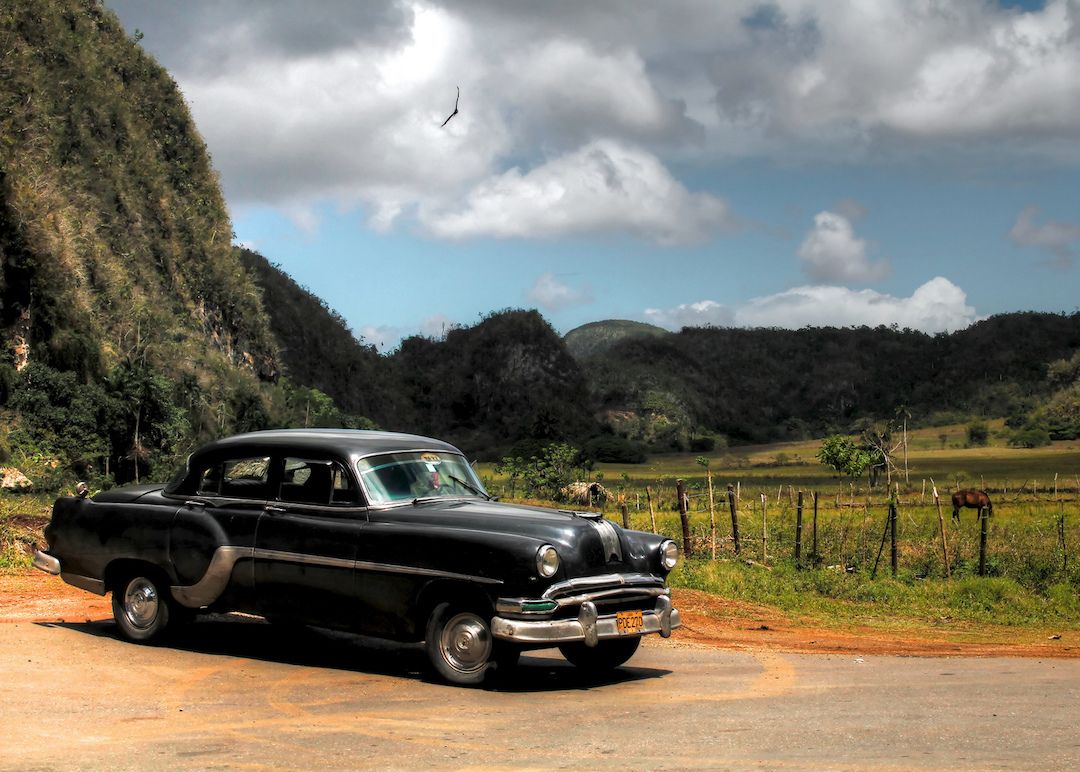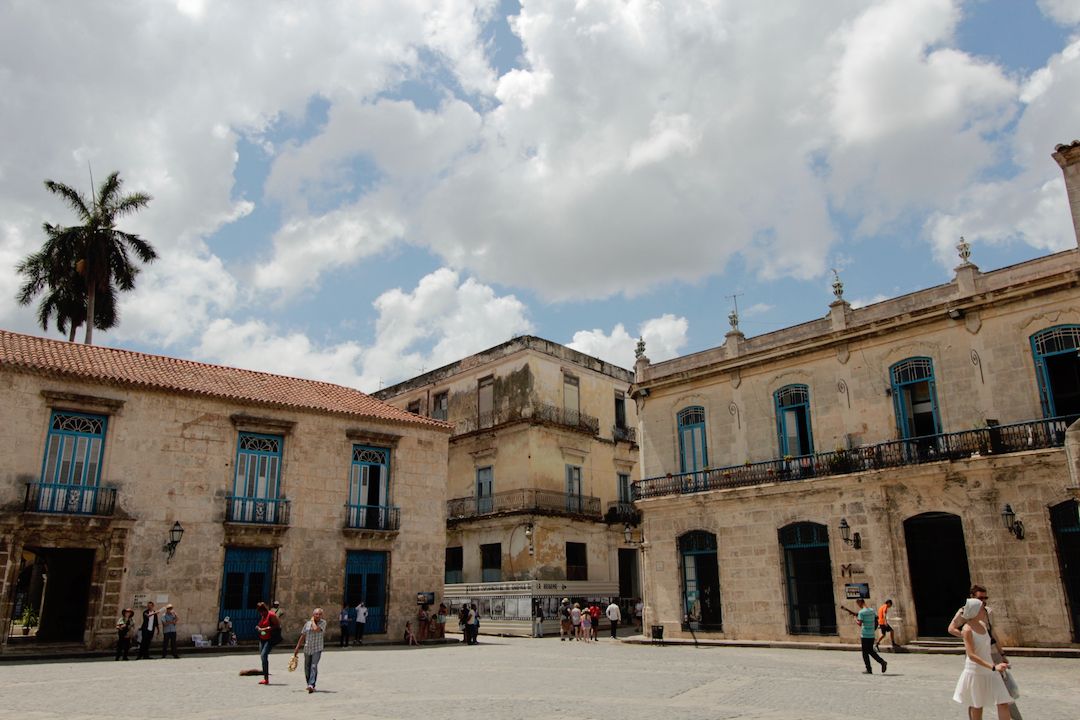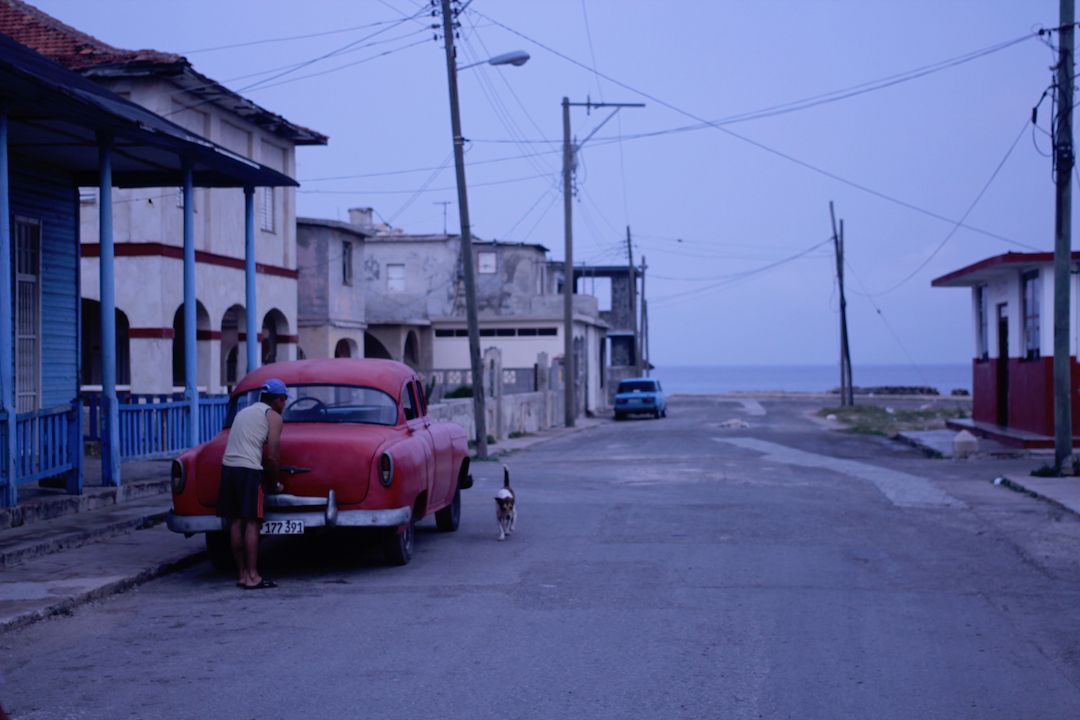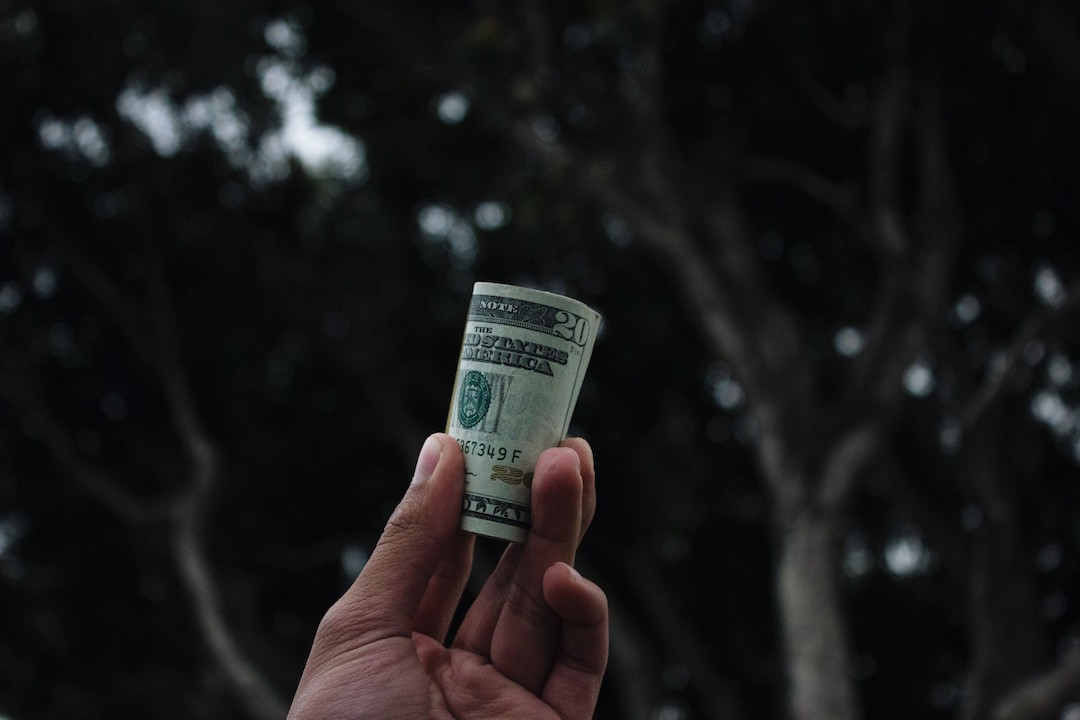Cuba is a place that effortlessly combines colonial charms and Caribbean backdrops, making it one of the ideal choices for escaping the daily grind. For better or worse, Cuba is a little bit of an anomaly when it comes to travel destinations in the Caribbean. Beware, the uninformed traveller who arrives completely unprepared, with US credit card in hand and international SIM card already purchased, this is not how you go to Cuba. You absolutely need to do your research before you think about showing up and improvising as you go to avoid disappointment. Luckily you have me, a former traveller to Cuba who is prepared to tell you exactly 13 things to know before you go!
1. Wifi is sparse, and I mean sparse
An estimated 7 out of 10 Cubans don’t use the internet. Why? It’s incredibly difficult to access and if you do manage to find wifi, you have to pay for it. Recently, wifi hotspots have been introduced to some city centres but you have to purchase a (cheap) card to gain access and they sell out very quickly due to high demand. The internet is neither fast nor reliable. However, part of the unique charm of Cuba is how easy it is to unplug. Visiting the country feels like travelling backwards in time so you could opt to look at this as not so much an inconvenience but an opportunity to digitally detox.
Do you want to travel through Cuba being part of a small group tour? Check our options here.
2. You NEED travel insurance
Okay, so I know you’re thinking “oh, of course she wants me to buy travel insurance! What a scam!” but actually I’m just looking out for you. Having proof of a travel insurance policy is mandatory to enter Cuba. Often times you won’t actually be asked to show proof at the airport but in the off chance you are, and you don’t have it, you can be denied entry to the country. Do you want to live through that totally avoidable travel nightmare? You can buy very affordable travel insurance from World Nomads.
3. Bring all medications and sanitary products you need (allergy pills, painkillers, etc)

Suffer from frequent migraines? Got a case of the seasonal sniffles? Make sure you bring plenty of the medication you rely on at home every day because you will not find it in Cuba. I could say you won’t find it easily, but honestly, you’re better off operating under the assumption that it won’t be available at all. In the off chance that you do find what you’re looking for, you’ll be paying an insanely inflated price. In order to earn those sweet, sweet karmic dollars, leave leftover meds, condoms, and tampons behind for the locals — you may just singlehandedly solve Cuba-US relations.
4. Narcotics/drugs are strictly forbidden
Don’t buy them, don’t bring them. Seriously. This might seem like a no-brainer but if you’re the type to party, by any means necessary do yourself a favour and say no to anyone who offers. In recent times, there has reportedly been an increase in the sale and solicitation of illegal drugs (marijuana, cocaine, etc) in tourist areas like Holguin and Varadero. Be aware that Cuba has a zero-tolerance policy for the use of illegal drugs and you can be imprisoned, fined, deported and barred from ever returning.
5. Bring more cash than you think you’ll need
You can’t buy Cuban currency outside of the country so make sure you bring plenty of your own money with you to exchange at the airport once you arrive. When you’re in the country, it can be very challenging to access ATMs to withdraw cash and if you’re American or if your bank has any affiliation with the United States you will likely be barred from withdrawing cash entirely, resulting in your account being frozen as well.
6. You will likely require a visa
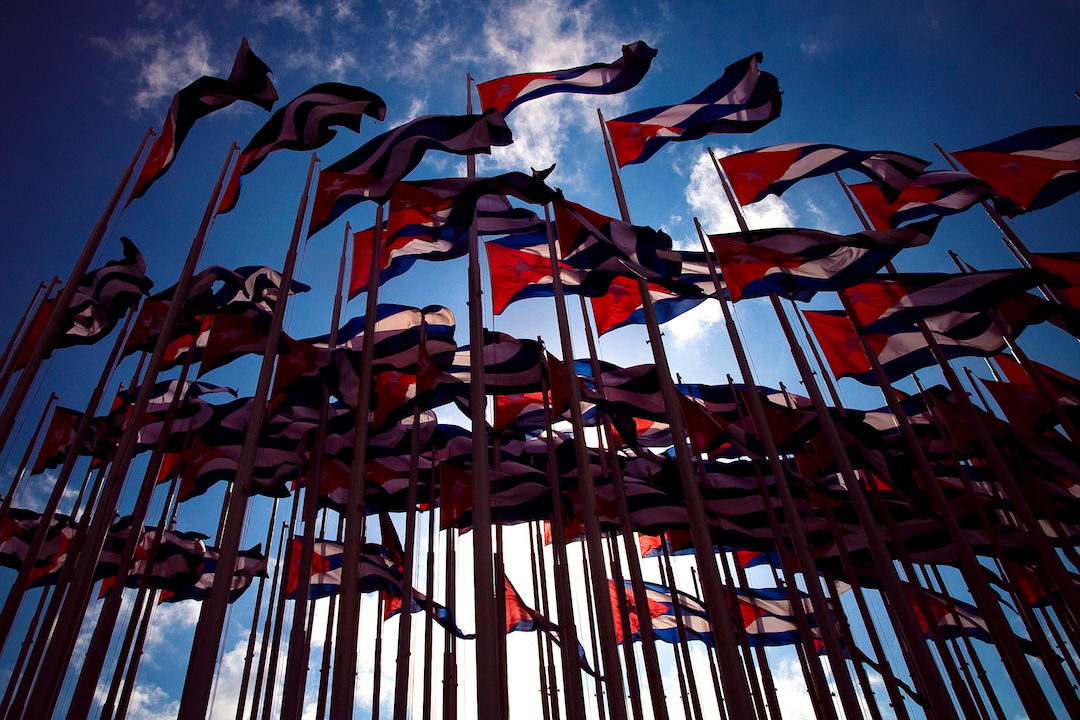
*Please note that as of June 2019, American citizens are no longer permitted to enter Cuba under the category of “people-to-people” nor are they permitted to visit Cuba via passenger and recreational vessels, including cruise ships and yachts, and private and corporate aircraft. Consult the US Department of the Treasury for the latest information.*
Nearly all major countries keen to participate in the tourism industry will require a visa to enter Cuba. If you fall under this category you can purchase something called a “Tourist Card” at the airport; most airlines (particularly in Canada) will distribute them to you onboard, at the gate or at the check-in desk. They usually cost under $50 USD regardless of where you’re travelling from. Most tour and resort packages will include the cost of the visa in their overall price but it’s always a good idea to check first and if they don’t, call your airline and enquire.
View the list of countries who do and do not require a visa here.
7. Print your documents before you leave
This one is fairly simple. Technology, as mentioned throughout this article, is sparse in Cuba. Most travellers to Cuba note that internet cafes are hard to come by (if they can be found at all) and so it’s best to print and bring everything you will need from directions and emergency contact information to your flight itinerary and more. Of course, as always, also bring a copy of your passport and any other important identification documents. When I went to Cuba, I also visited a popular resort and even a place like that has unexpectedly meager tech to work with.
8. Learn some Spanish
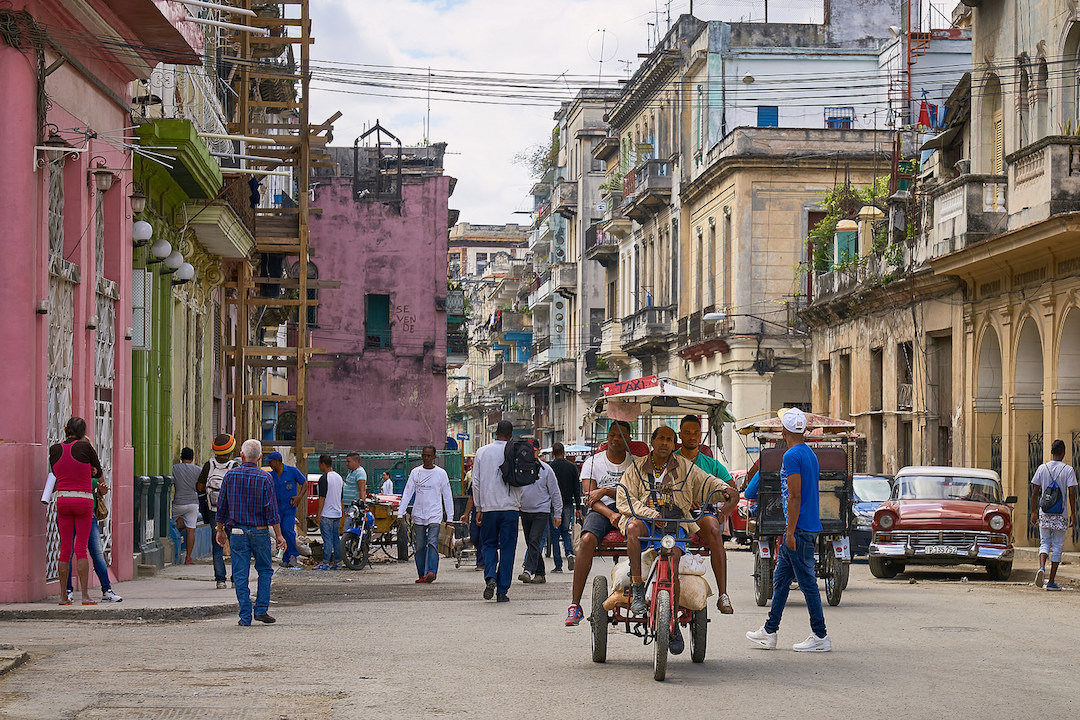
In major tourist areas, you can expect to get by with your English but a little Spanish goes a long way. Learn basic phrases and you will find that your interactions with the locals will be easier, friendlier and make your trip an all round smoother experience.
9. Cuba has two currencies

Okay so this one might seem complicated, but I promise it’s not! All you need to know is that there are two currencies in Cuba and only one applies to travellers. The first is the National Peso (CUP) for use by locals and the second is the Convertible Peso (CUC) which travellers are able to purchase for use nearly everywhere, once in the country. The Convertible Peso is also worth more to the locals so it’s great for tipping!
10. The most common form of accommodation is called “Casa Particular”
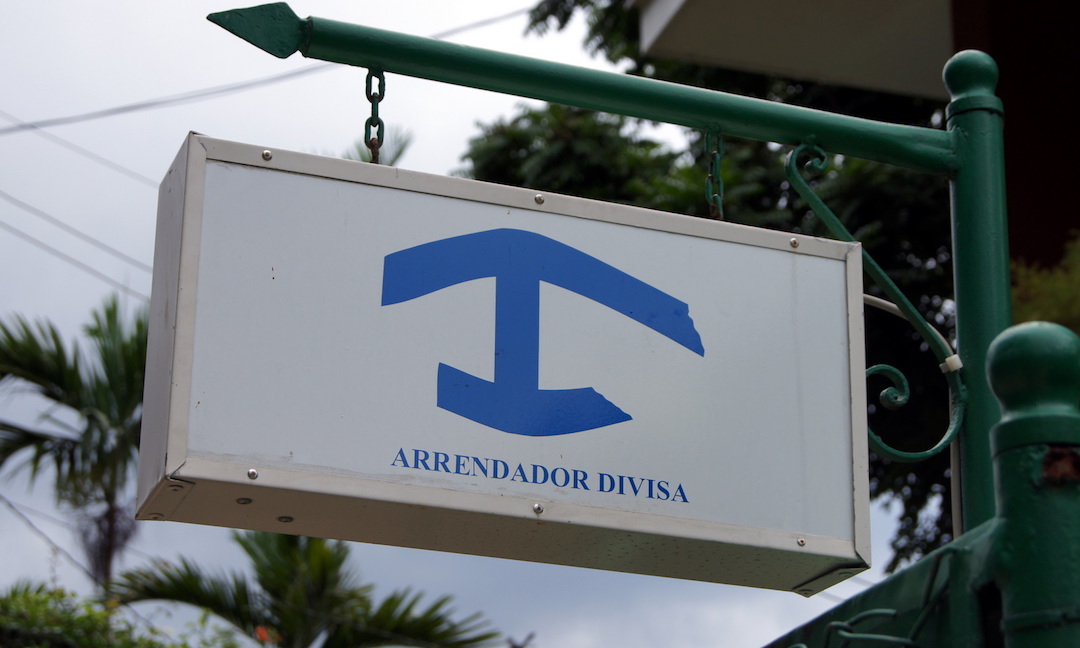
Resort life not for you? That’s cool, there’s plenty of amazing experiences to be had off resort, and it’s really the only way to experience authentic Cuban life, anyway. Look for the above signage and you’ll know that it’s a legal, Government-arranged place to stay. In most cases, you just show up and enquire if they have a room available. Don’t expect first-class amenities as these are run by local families who reside in Cuba’s ageing infrastructure. What they lack in marble countertops they make up for in truly authentic cuisine, accommodations, and hospitality.
11. Don’t drink the water
If you do your research around the web you’ll find that opinions on this are varied but in the spirit of not ruining your Cuban adventure with a bout of dysentery, it’s advised that you stick to bottled water. Not much else to say here beyond when in doubt, stick to bottled water!
12. Eat at Paladares Particulares
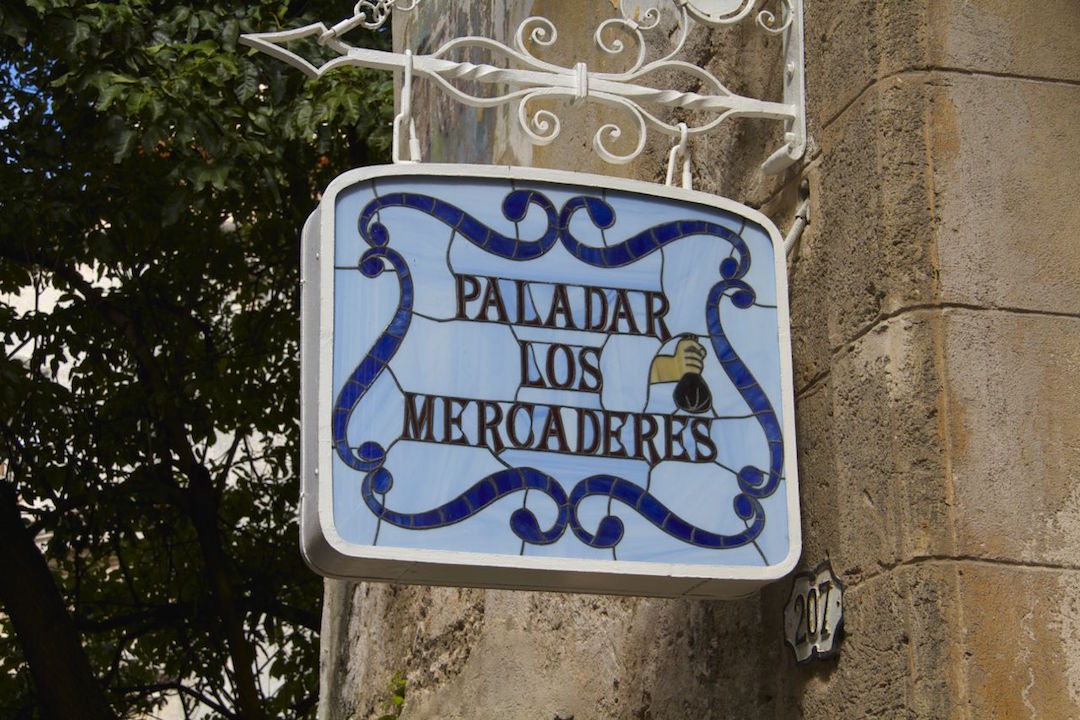
Cuba’s government is interesting and its effects on how an uninformed traveller experiences the country can really impact how authentic your experience will be. As a result, often there’s the tourist version of something and the Cuban version of something. For instance, Cuba has two types of restaurants, both state-run restaurants and the privately-run ones called paladares particulares. I would strongly recommend you spend your time at the paladares particulares, where the locals eat. Although most people don’t travel to Cuba for its cuisine alone (the embargos can make it difficult to create exciting dishes) the closest you’ll come to experiencing truly authentic and yummy Cuban cuisine is by visiting a paladares particulares.
13. Trading
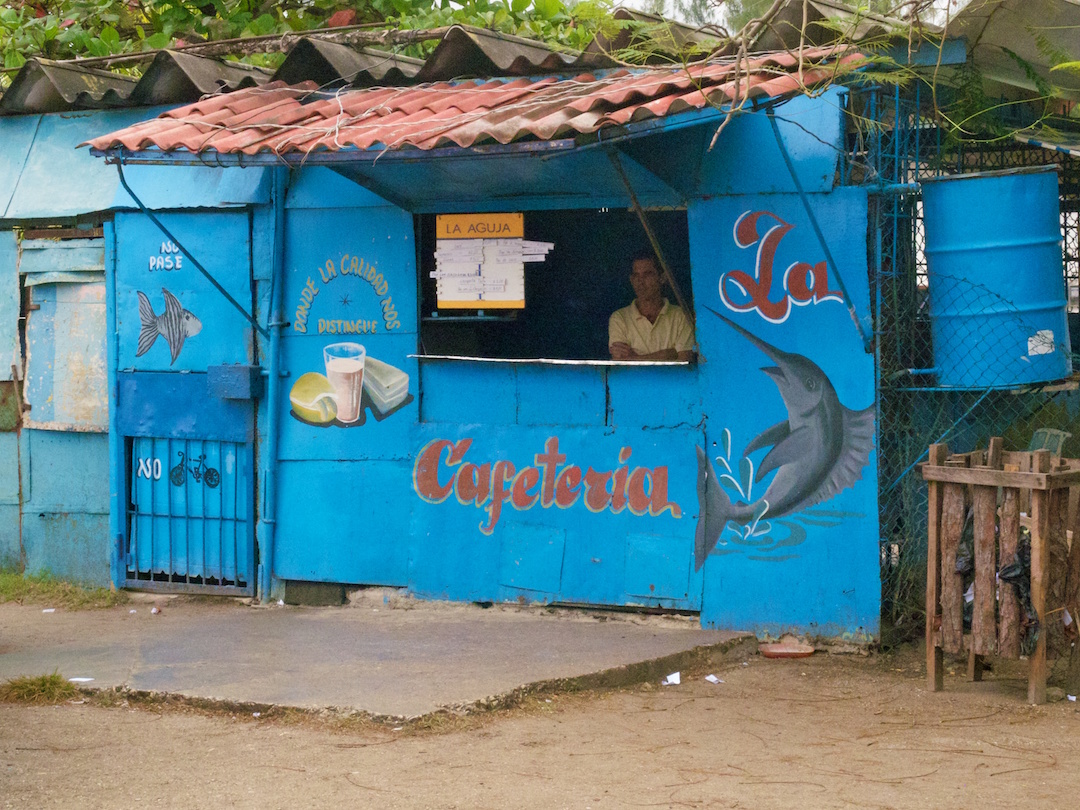
Low on cash? If you’ve followed #3 then you don’t have to worry! Most Cubans are willing to barter with you if you don’t have traditional currency. All you’ll need to do is pack a few extra toiletries (things like soap, cans of tuna, make-up, etc) and you’ll find yourself one of the most popular travellers in Havana, Holguin and everywhere in between! Often times visitors the country can swap some of these items for everything from a banana to a classic Cuban cigar.
Featured photo by: doug8888

